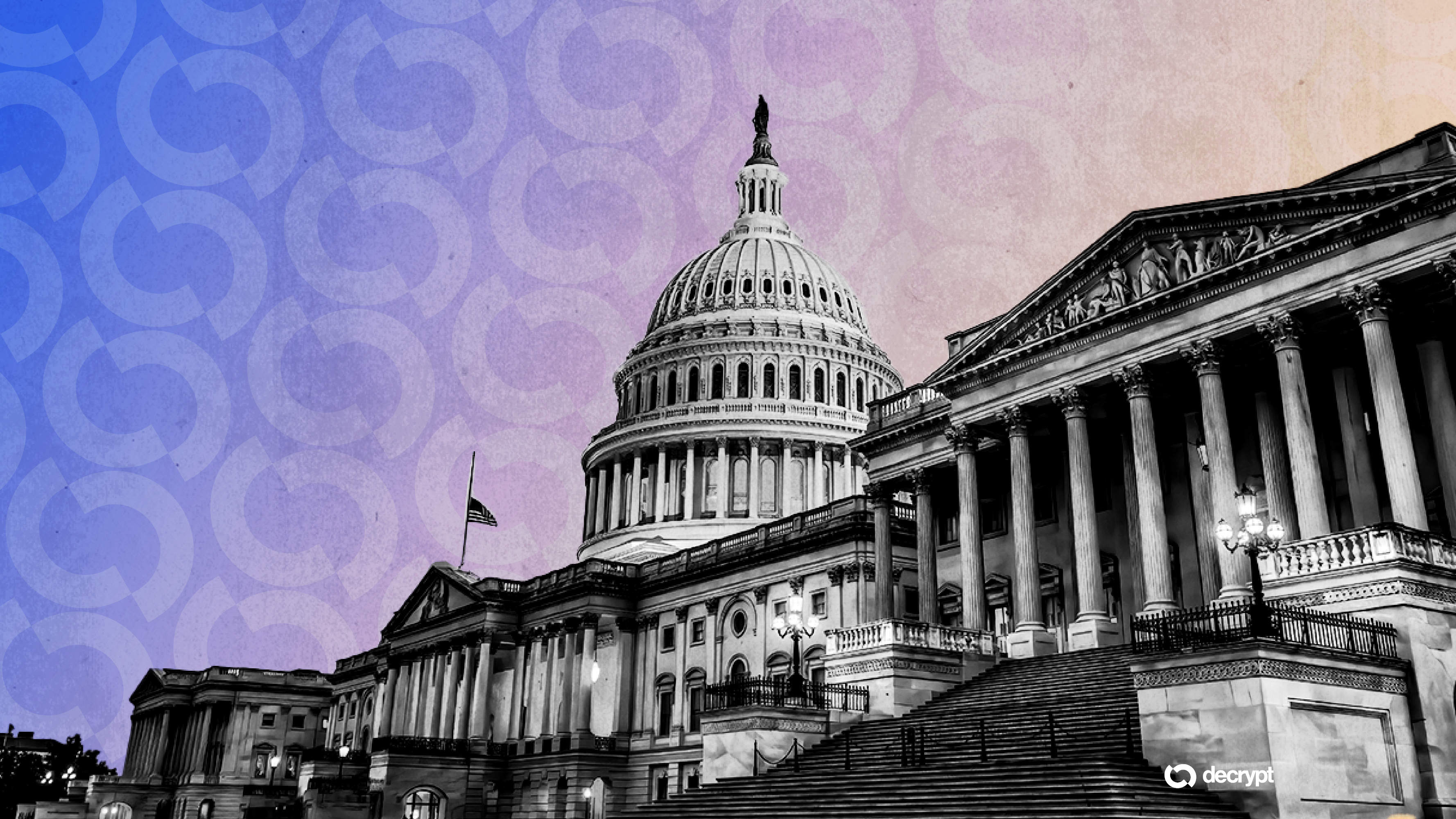The conclusion of the longest government shutdown in history and rising political acrimony rightly receives a great deal of attention but this focus makes it easy to overlook areas where beneficial legislation is politically possible. The broad political agreement that it is necessary to reform how pharmacy benefit managers (PBM) operate exemplifies the potential bipartisan opportunities.
The opacity and misaligned incentives that plague the PBM market are currently harming patients. PBMs have been reducing the efficiency of the prescription drug marketplace, diverting billions of dollars toward these supply chain middlemen, and increasing costs on employers, consumers, and taxpayers.
PBMs claim to lower drug costs by negotiating drug prices on behalf of insurers and managing the drug formularies – the list of drugs that insurers will cover. Through these roles, PBMs meaningfully influence which drugs patients can access and the terms of that coverage including patients’ out-of-pocket obligations.
Since discounts have been growing faster than list prices, the net prices that insurers pay have been declining for many years. This means that PBMs and the health insurers that now own them get to pocket these discounts because insurers’ costs are based on the much lower net prices.
This system, while exceptionally complex, would be fine if patients also directly benefited from these discounts. The problem arises because patients don’t, only PBMs and insurers do. Patients do not benefit from these discounts, because their costs are typically tied to the inflated list prices.
Consequently, patients are on the hook for ever larger share of the costs for expensive drugs. PBMs and insurers earn huge revenues by inflating these list prices, which incentivizes them to favor drugs with higher list prices and, subsequently, larger discounts, on their formularies. The preference for higher list-price drugs drives up costs for patients and the broader healthcare system.
The Federal Trade Commission (FTC) concurred with this assessment in its examination of the industry, documenting how PBMs game the system and raise costs on patients. Lawmakers have caught on to these games too, which is why Congress is considering PBM reforms that would meaningfully address these problems.
While designing these reforms it is essential to account for the continued evolution of the PBM business model. The latest iteration uses group purchasing organizations (GPOs) to place yet another organizational layer between the PBMs and purchasers of medicines.
On paper, PBMs and GPOs essentially do the same thing – leverage their collective buying power to negotiate lower prices. But by creating GPOs some of which are headquartered overseas (in Switzerland for instance), PBMs can continue their current practices with less scrutiny.
For instance, PBM and GPO fees accounted for just 5% of PBM profits in 2012 when PBMs earned most of their revenues from pocketing a portion of the negotiated discounts. In response to criticism that this practice was inappropriate, PBMs started passing the majority of these discounts on to insurers.
Of course, since the three biggest PBMs are owned by a healthcare conglomerate that includes an insurance company, this is a distinction without a difference. Further, PBMs have simply expanded their revenues from GPO fees that have grown to over 20% of PBM profits in 2023. It is tactics like these that have diverted 50 cents of every dollar spent on pharmaceutical drugs to various middlemen including PBMs, government mandated rebates and fees, and the 340B drug discount program.
The House Oversight and Government Reform Committee recently announced its intent to investigate how PBMs are using GPOs to evade oversight and hide their profits overseas. That investigation should also investigate how the big three PBMs use GPOs to increase their revenue streams at the expense of American prescription drug purchasers.
It is indisputable that the prescription drug pricing system is in desperate need of reform. Out-of-pocket costs for medicines are going up even as net prices continue to decline. This discontinuity alone demonstrates why Congress should pass meaningful PBM reform that addresses the growing use of GPOs.
Source: https://www.forbes.com/sites/waynewinegarden/2025/11/18/pbms-evolving-business-model-continues-to-raise-costs-on-patients/


